It is very interesting time within photography… Not only do we have huge advancements in Technology, but also people attitude towards photography has altered & evolved into a whole new Trend. Even the younger generation has started embracing photography with the introduction of manipulation & enhancements. With the help of Editing & enhancing software packages, abstract photography has taken on whole new levels, and that has attracted much wider & better photography audience. Photography has now very much become stylish, modern art form, within its own right.
- No need to invest in costly equipment’s, you can start from the basics
- You can use Compact Cameras, Prosumers or Digital SLR Cameras (DSLR)
- Compact Camera good for holidays for non-serious players
- Prosumers camera are good for serious players at learning stage
- DSLR Camera are normally used by professionals, it has outstanding picture Quality, Controls, Speed & Versatility
- Camera lens is the most important part of camera & affect the overall image quality. Use Quality Lens
- 50 mm is considered the normal focal length
- Prime Lens, Telephoto Lens, Zoom Lens, Macro Lens, Wide Angle Lens & Fish eye Lens are some type of Lenses
- Prime Lens – Fixed Focal Length – good for portraits
- Zoom Lens – allows you to get closure to your subject – good for wildlife photography
- Longer the focal length – More risk of camera shake – leading to blurring
- Telephoto Lens– used for magnification to capture smaller details – good for sports/wildlife
- Macro Lens – used for extreme close-up – good for modern, detailing & Product photography
- Wide Angle Lens – it exaggerate the relative size & depth of image – you can fit more into your frame – good for Architecture Building, Modern Interiors, Cityscapes, skyscraper’s, Landscapes, Seascapes & Obscure Portrait’s
- Fish Eye Lens – is oval in the shape & has super wide angel almost 180 degree, you can get everything in frame – good for fun, panoramic & creative photography
- In Photography, the Accessories used are Polarizer Filters, Colour Filters, Tripods, Monopods, Gorilla Pods, Portable Storage Devices, Colour Portable Printers, Light Exposure Meters, Underwater Equipment’s, Battery & Chargers
- To Maintain life of your camera equipment’s, Care & Handling of equipment is very important; May it be storage, handling or cleaning
- Avoid Excessive Temperature, Moisture, Dust, Dirt and sudden impact
- Invest in Camera Bags, Cleaning Kits, Transparent Plastic Bags for storage
- Basic Terms in Photography – Aperture, Depth of Field, Exposure, F/Number, Focusing System, Focal Length, Light Metering, Shutter Speed
- Aperture – Opening of the lens through which light enters the camera
- Depth of Field – Range of distance where object in front of and behind the focal point are reasonably sharp
- Exposure – Total amount of light that reaches the film or (the sensor) plane
- F/Number – Size of the lens opening – as the F number gets bigger, the aperture opening gets smaller
- Focusing System – Focusing accurately to make object sharp
- Focal Length – Distance from the Optical Centre of the lens to the film (or Sensor) plane when the focus is set to infinity
- Light Metering – Measure the brightness of the scene by means of light-sensitive cells
- Shutter Speed – Amount of time that the shutter is open or in digital terms. It is the length of time your image sensor sees the scene/object you are attempting to capture
- Adopt to Correct Posture while photography to ensure safety of self/equipment’s
- Digital Camera stores the picture digitally on the Digital Memory card, easy to download, edit, manipulate & to do post processing through approved software packages before final printing
- Great Photographs has good Composition, Impact, Spectacular Lighting, imagination, creativity & Content
- Digital & Film Photography both have their advantage & disadvantages – make you own choice – go as per your comfort
- A Megapixel is 1 million pixels or picture elements. The more the pixels, the more details are available to you in a photograph
- Resolution means number of pixels or megapixel in your photograph ppi or dpi Pixel per inch/Digital per inch – Higher the pixel better the image quality. The normal is 300 ppi & above ppi for printing quality
- Compression can be in three types – No Compression, (RAW) Lossless Compression & lossy Compression (JPEG)
- In digital photography RGB stands for Colours Red Green & Blue as basic Colours to mix & match RG forms Yellow BG forms Cyan (Blue) BR forms Magenta (Pink). No Colours means black. If RGB in equal amount, it forms white Colour.
- The opposite of RGB is CMYK Colours, which are used in printing …Cyan, Magenta & Yellow; all being present will produce Black Colour. If two Colour are mixed they produce red blue & green
- In Digital photography you can do editing of Colour to Black & white, Delete Blemishes on model face or even remove wrinkles or imperfections, Sharpen or Blur images, use Special Effects and add Brightness & Contrast
- For Editing of your images, you can use Adobe Photoshop, Picasa, Photoshop light Room, Paint Net, Built-in Editing Software
- For Image Storage you can use (CF Cards) Compact Flash, Secure Digital (SD) Cards, Smart Media, XD Cards, Multi Media Card, Memory Stick, Hard Drive, Digital Tapes & CD /DVD’s (Compact Disk)
- Two are two categories of Photography Amateur Photography & Professional Photography
- The photography has different segments such as Still Photography, Food Photography, Commercial Photography, Wedding Photography, Boudoir Photography, New Born Baby Photography, Portrait’s Photography, Family Photography, Child Photography, Action Photography, Aerial Photography, Air to Air Photography, Adventure Photography, Sports Photography, Media & Journalism Photography, Life Style Photography, Aura Imaging Photography, Kirlian Photography, Infrared (IR) Photography, Strobe Photography, Abstract Photography, High Speed Photography, Night Photography, Satellite Imaging (SI) Photography , Astrophotography, Afocal Photography, Galaxy Photography, Cloud Scape Photography, Landscape Photography, Seascape Photography, Underwater Photography, Wild Life & Nature Photography , Bird Photography, Campaign Photography, Travel Photography & Close-Up Photography
- Your composition is everything’s; i.e. arrangement of your subject. Capture the picture in your mind first. Keep it simple & creative.
- You can use different time zones for capturing dramatic effects.
- Follow the rule of thirds to make subject effective, attractive and aesthetically pleasing to the eye – use the grid into 9 equal segments
- You can use Centralized Symmetry or Patterns
- Use balancing elements to give visual impact – create a twist by additional elements
- Use Leading, Curved or Alternative lines towards the subject to make image attractive
- You can use frame within frame to add balance & Improve quality of your image
- In photography follow your instincts & go for experimentation, create unusual frames, be adventurous, daring & unconventional
- You can use different contrast in your image such as Size Contrast, Texture Contrast, Tonal Contrast, Content Contrast, Lighting Contrast & Action Contrast
- Add Colours to your frame – introduce Colour as subject – Set your mood & Scene with Colours
- Alter Focus – play with your focus points AF, View Points & Camera Angles
- Develop your own personal style of photography – work with your themes to tell your story
- Use lights to your advantage – Day Light, Sun Light, Direct Light, Indirect Light, Artificial light, Lamp Light, Fluorescent Light, Mixed Light, Flash Light, Back Lighting, Side Lighting, Front Lighting, Light Painting and Lens Flares etc.
- Create Emotions & Atmosphere to capture your best image
- For Travel photography make sure to pack up your Camera, Lenses, Filters, Memory cards, Flash gun, Tripod, Films & Batteries
- During Travel Photography – Capture the Plants, Wild Life, Nature, Local People, Local Food, Local Events, Local Surroundings, Unexplored Texture, Local Architectures, Water Reflections, Capture the moments
- For Landscape Photography – Focus at your overall scene, composition, Intimacy and emotional connection, Wide angle or close up Shots
- For Seascape Photography look for interesting subject or features such as boats, surfers, fishermen, bridges, piers, dunes, cliff or rocks to create additional interest. Make sure to clear distracting material on sea beaches i.e.. Empty Bottles, Rubbish, Cigarette buds.
- Create Special effects with water
- For Cloudscape/Sky Photography use Polarizing Filters, ND Filters (Neutral density) or Colour Filters for variations & vividness – Use wide-angle lens & add perspective to image such as Plane, Rainbow etc.
- For Outdoor Photography, use Panoramic Photography, Black & white Photography, Low Light Photography, Sunrise or Sunset Photography – play with filters & extreme weather conditions & atmospheric Changes
- For Zoom Lens Photography, make sure to use Tripod or Monopod to avoid poor focus, camera shake or blur images
- Make sure the exposure is right to avoid underexposure or dark pictures
- Avoid direct flash into people eye to avoid red eye… you can use red eye reduction or use bounced flash or allow person to look away from the lens
- Avoid Lens obstruction if any, i.e. fingers, watch, camera strap, lens cap, negative reflections or any other issue
- Make sure to do photography in all seasons may it be Summer, Winter, Spring and Autumn
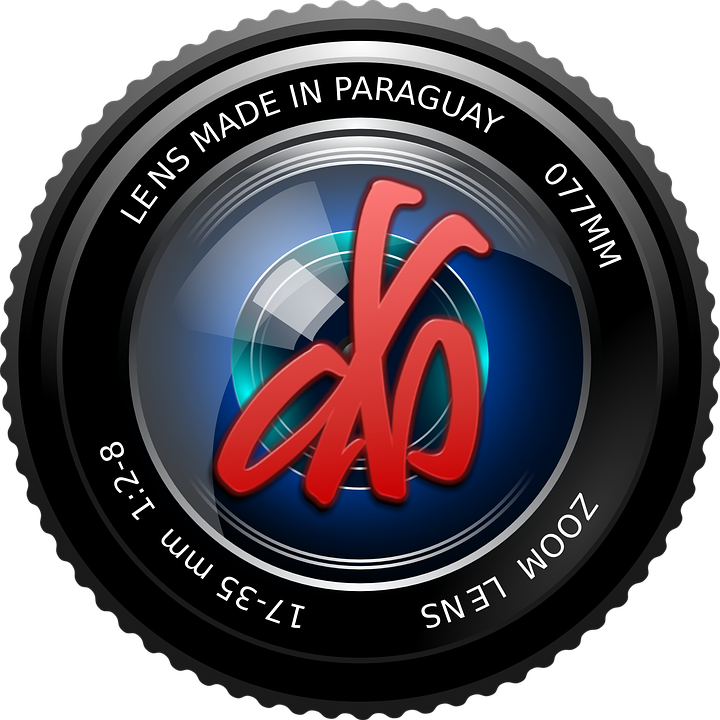
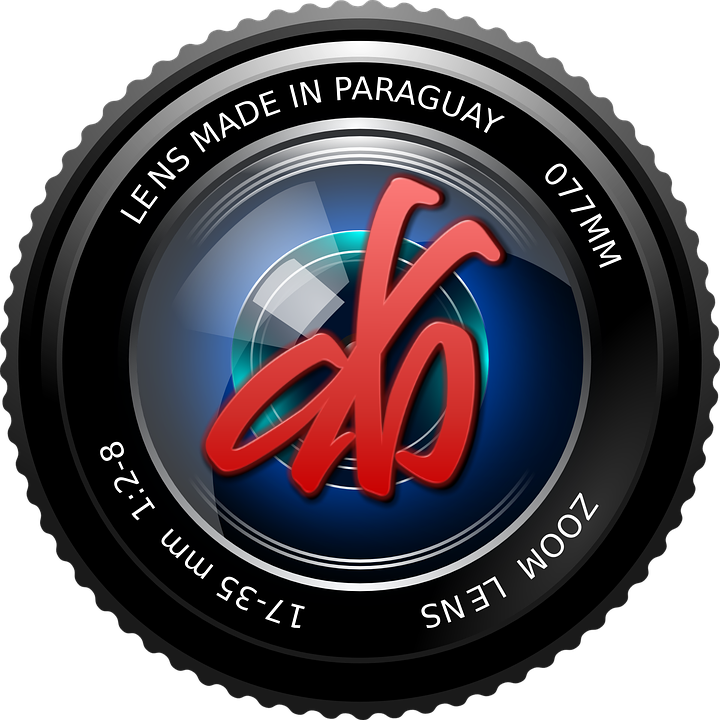

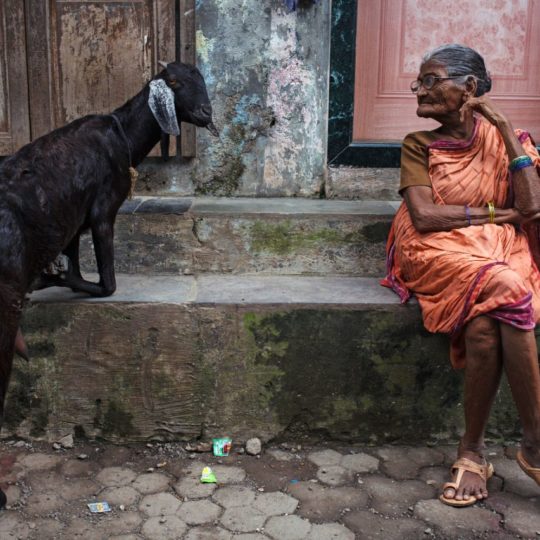
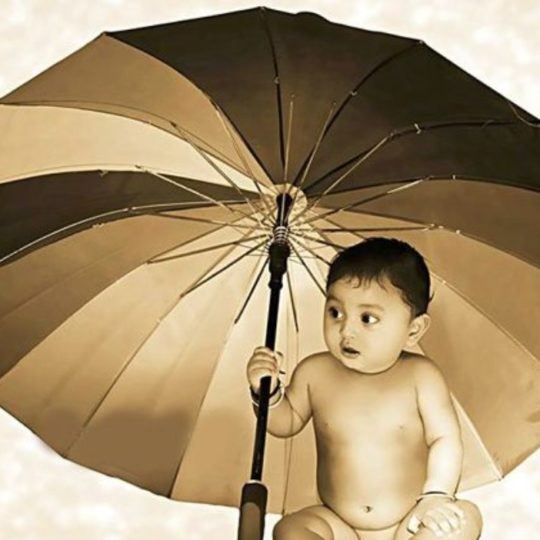
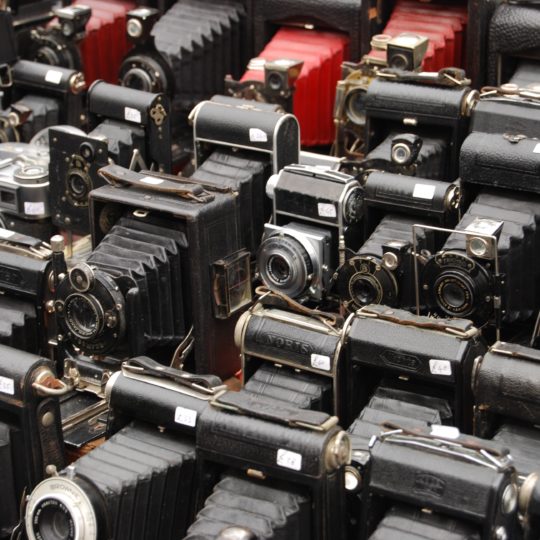
Recent Comments